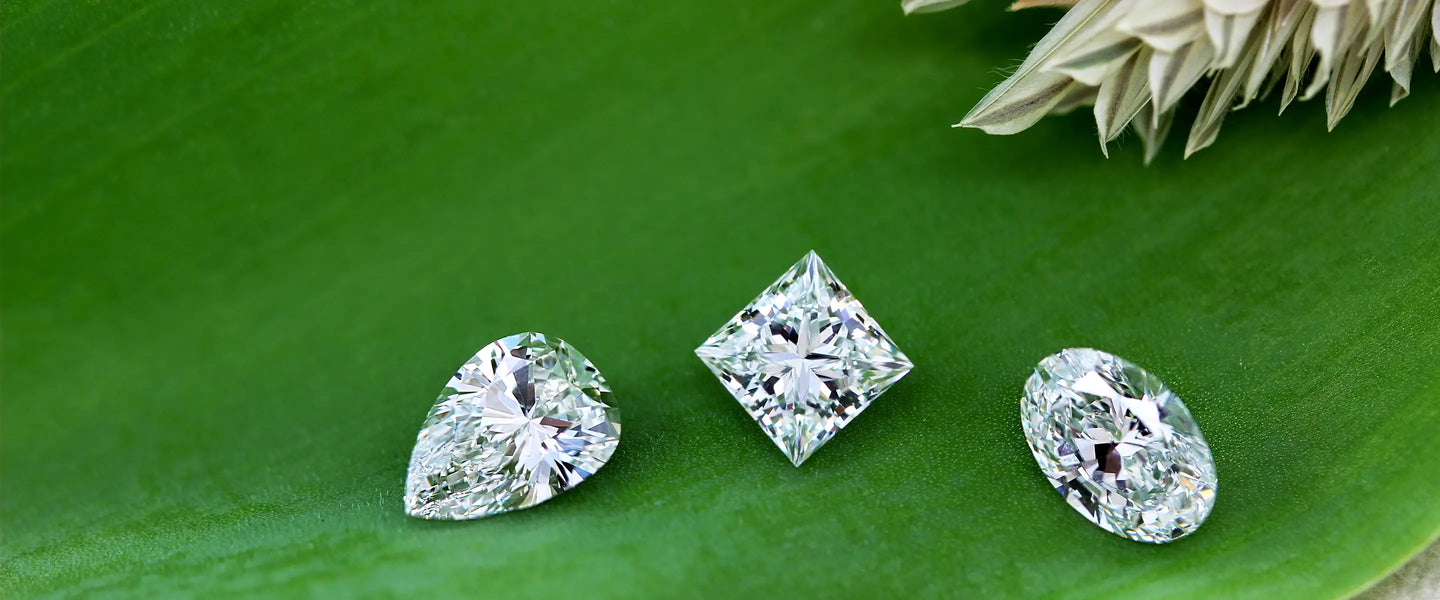Table of Contents
What Are Blood Diamonds?
Blood diamonds are gemstones mined in regions constrained by outfitted bunches went against to perceived governments. The offer of these diamonds finances military exercises and brutality, adding to delayed struggle and precariousness in impacted areas. The expression “blood diamond” acquired noticeable quality during the 1990s, especially according to the diamond exchange nations like Sierra Leone, Angola, and the Popularity based Republic of Congo (DRC).
The Effect of Blood Diamonds on Networks
The exchange of blood diamonds devastatingly affects nearby networks. In war-torn areas, the mining and offer of these diamonds often lead to denials of basic freedoms, including forced labor, kid labor, and brutality against workers. Furnished gatherings might take advantage of nearby populaces, involving them as a wellspring of modest labor or in any event, forcing them into perilous and merciless working circumstances. The abundance created from blood diamonds often fills further clash, sabotaging efforts to accomplish harmony and security.
The Kimberley Cycle: A Stage Towards Reform
In light of the developing attention to the issues encompassing lab grown diamonds, the worldwide local area laid out the Kimberley Cycle Affirmation Plan (KPCS) in 2003. The Kimberley Cycle expects to forestall the exchange of contention diamonds by requiring that diamonds be confirmed as struggle free before being sold. Taking an interest nations should comply with severe guidelines to guarantee that their diamond exports don’t subsidize outfitted struggle.
Limitations and Criticisms of the Kimberley Process
While the Kimberley Process has made strides in curbing the trade of blood diamonds, it is not without its limitations and criticisms. Some of the key issues include:
- Implementation Gaps: Enforcement of the Kimberley Process standards can be inconsistent, with some countries failing to adequately monitor and control diamond exports.
- Loopholes: There are concerns that diamonds can be smuggled or misclassified to evade certification requirements, allowing conflict diamonds to enter the market.
- Limited Scope: The Kimberley Process focuses primarily on preventing diamonds from financing armed conflict, but it does not address other human rights abuses or environmental issues associated with diamond mining.
Ethical Alternatives to Blood Diamonds
In response to the ethical concerns surrounding blood diamonds, many consumers and jewelers are turning to alternative sources of diamonds. Some of these alternatives include:
- Lab-Created Diamonds: Lab-created diamonds are grown in controlled environments and are not associated with conflict or human rights abuses. They offer a sustainable and ethical choice for consumers seeking to avoid blood diamonds.
- Fair Trade Diamonds: Fair trade diamonds are sourced from mines that adhere to strict ethical and environmental standards. These diamonds are often certified by independent organizations that ensure fair labor practices and environmental responsibility.
- Recycled Diamonds: Recycled diamonds are repurposed from previously owned jewelry. This option helps reduce the demand for newly mined diamonds and minimizes the environmental impact.
How to Ensure Your Diamonds Are Conflict-Free
To ensure that the diamonds you purchase are free from conflict, consider the following steps:
- Ask for Certification: Request certification or documentation that verifies the diamond’s origin and confirms it is conflict-free. Reputable jewelers should be able to provide this information.
- Choose Reputable Jewelers: Purchase diamonds from jewelers who are transparent about their sourcing practices and who adhere to ethical standards.
- Research and Verify: Conduct your own research on the sources of diamonds and verify the credibility of the certification schemes used by jewelers.
The Role of Consumers in Ending the Blood Diamond Trade
Consumers play a crucial role in ending the blood diamond trade. By making informed choices and demanding transparency from jewelers, consumers can drive change in the diamond industry. Supporting ethical alternatives and advocating for stronger regulations can contribute to reducing the demand for conflict diamonds and promoting responsible sourcing practices.
Conclusion
Blood diamonds represent a serious ethical issue in the global diamond trade, with far-reaching consequences for affected communities and the broader international market. While the Kimberley Process has made progress in addressing the issue, there is still much work to be done to ensure that all diamonds are sourced ethically. By choosing lab-created, fair trade, or recycled diamonds, and by supporting transparency in the industry, consumers can help combat the trade of blood diamonds and promote a more ethical and responsible diamond market.




